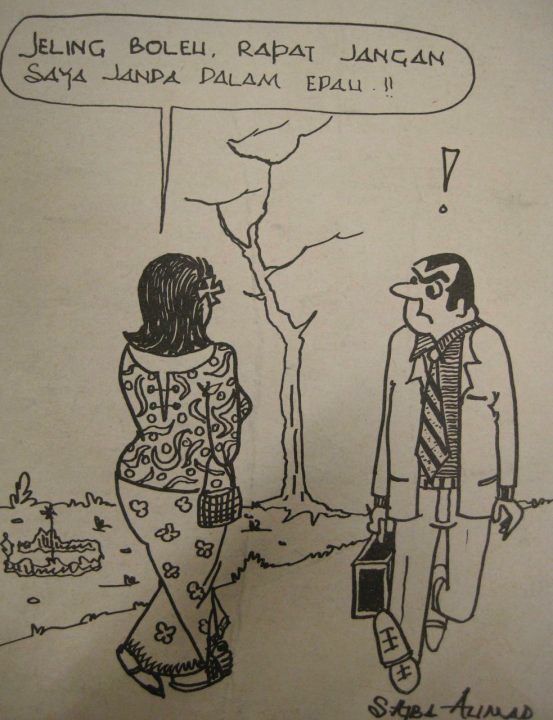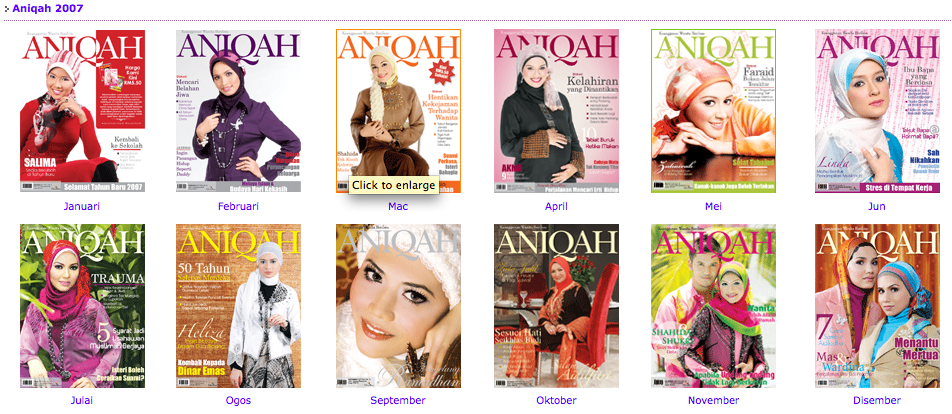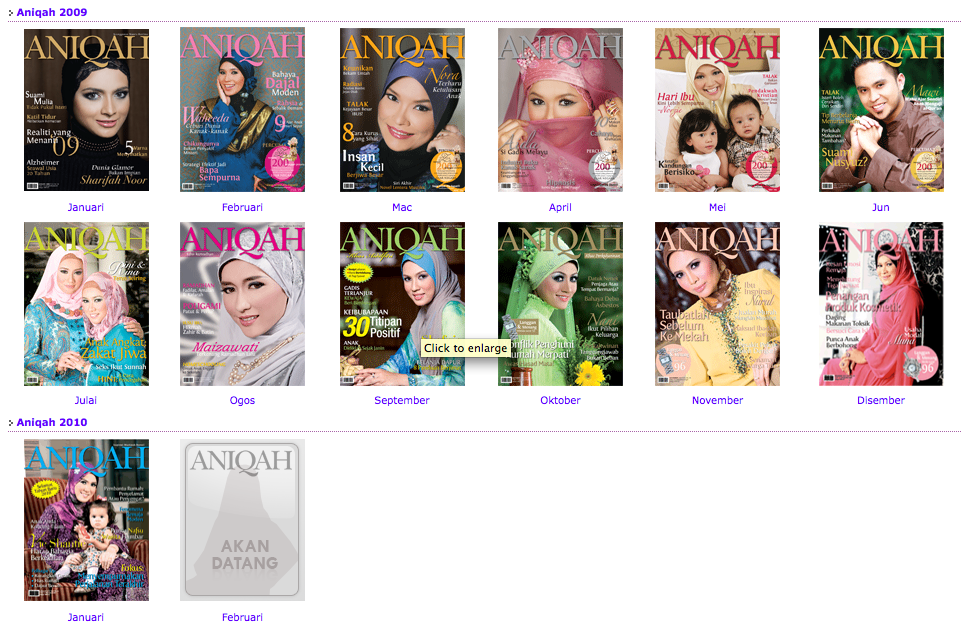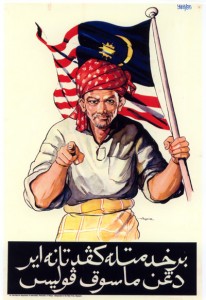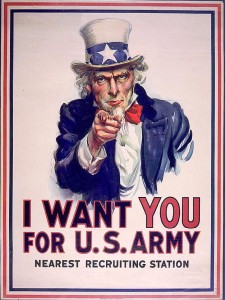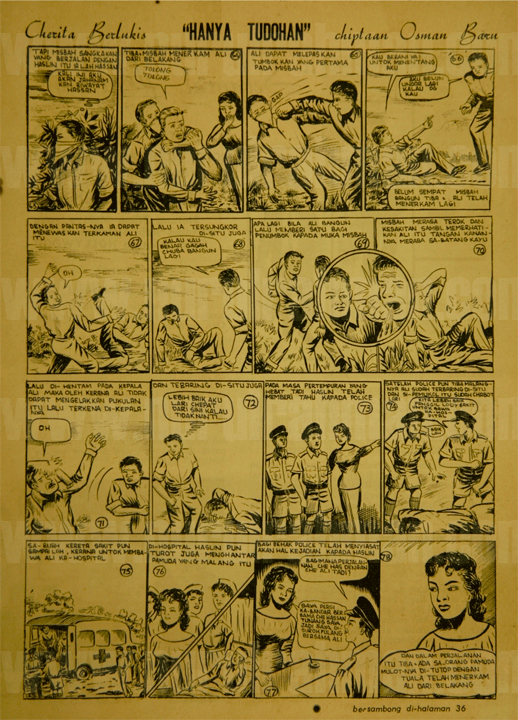Minah Kilang, the Malaysian oriental factory girls
Minah Kilang, Minah is a vernacular terms to address a rough rebellious young women, and Kilang means factory in Malay language, or factory girls are the specific terms how people in Malaysia identify women who works in a factory, as a factory operators. Inevitably, their roles in the Malaysian industries are strongly influencing Malaysian industry development, but yet their image and they way Minah Kilang has been perceived is far from society acknowledgment. They are shown and portrayed as the misfits, potential second wives or mistress, uneducated, rebellious and seldom regarded as women who bring shames to the family. Very little discussion about their hardship survival, trauma, fitting in the societies, self-determination and struggle with families responsibilities as a working women. I found it interesting to explore this areas, the fact that until now the impressions and image of Minah Kilang is still at the very beginning when it started. Not so much shifting in terms of its image given. The fact that they spend long hours standing, (most of them spend more then 8 hours a day) and try to do overtimes because that is the only way they could extend their incomes, are not been given much attentions. How about the fact that they also work mainly for their families who is counting on their income to help the family’s member continue schooling and make a better living.
The earliest research done about Minah Kilang can be trace in 1979, from Grossman field work research in Malaysia. Later on, other scholar such as Fuentes and Enrenreich, A.Ong continue adding values and insight work on factory girls in Southeast Asia. However, not much work focussing on the Malaysia Minah Kilang. “Naturally, women’s entry into the workforce has dramatic effects in countries where their lives have always been centered around the family and home production. On the one hand, factory work does offer women some autonomy, earning power and freedom from parental control. In Malaysia, says Grossman “They come for the money of course, but also for the freedom. They talk about of freedom to go out late at night, to have boyfriend, to wear blue jeans, high-heeled shoes and makeup… They revel in their escape from the watchful eyes of fathers and brothers.” To be continue..: Nurul
Talking about archiving, moving on to digital… are we?
A very close friend of mind introduced pivot on silverlight, as a tool to work on my archiving work, which is really an ideal apps so far. Now, we’re collaborating on my print artifacts and see how far can we digitalise and organise them accordingly. Interesting project, and so far get got some funding to support our project. Soon it will be out there for everybody to share. This video will explain a bit more on Pivot.
Now, as much as this digital archiving is important, the roots of this digital archives also needs to be preserved, and moving site by side with digital world. The hard copies needs to be kept, because there is always need for some areas study, to study the material, pre-press printing techniques, trapping, binding etc. Both will be able to inform each other and educates people in different ways. The skills and technology to preserved these artifacts need to be learn and taught, just in case… we never know what will happen next. The traditional old school’s skills and techniques is on demand!
ideologies and influences
I have mentioned about Melayu Baru concept a while ago in my research, I looked at it, make comments and didn’t realized how much the Malaysian government concepts including National Economic Policy, Vision 2020, Islam Hadhari, Melayu Baru and few others have influences and shaped myself and many other fellow Malaysian. How can we feel the changes, who will inform us about the changes and really do many of use care about these changes, as we always been told that it will be a positive changes. How many of us spend time to understand what does it mean by New Malay – Melayu Baru? Well, for many who are not yet clear with the concept, this might provide some ideas.
What is New Malay? [He] is young, contemporary, modern Malaysian who is able to resolve his Malay-Muslim identity with in the cultural global community. He knows he has to live with diversity of beliefs, ambitious and idiosyncrasies¦ He accepts and even celebrates that diversity. [He] is not hung up on parochial, provincial issesus like race and entitlements and finds his place in the world¦ [The New Malay] does not wield his Malayness and think about it day to day, carrying it like a chip on his shoulder”.
(Terence Chong quoted from Asiaweek, 23 February, 2001)
Now, how many of us, can fit in the New Malay mold? Are we a New Malay now? or are we Old Malay? Or are we not either of these two concept? The only way for us to know is by investigating the roots of our cultural and ethnicity, where are we from? and are we parts of the concept? or are we not? If so, then who are we?
Icon:women2
icon:women
Portraying a commons Malay women’s identity
‘Bangsa Malaysia’
It isn’t a new thing! The concept of Bangsa Malaysia is already in the discussion poll in August 1983, after 22 years of Malaysia’s independence. And the discussions is still going until now. So far, how much efforts did we all make in order to make it happen? Or do Malaysian just love to keep the discussions on the ball as parts of the political agenda. If we maps the discussions that been published in the newspaper and other publications, I think it is much more possibilities for us to learn and understand the concept of Bangsa Malaysia then going through discourse about it again and again.
America and us.
I am not sure if you are aware of this poster, but I am assuming that you do because this is the poster that managed to gather trust of many nations, and responsible in many ways in inserting the nationalism in many people around the world. The poster began its journey in United State for the war between United States of America and British empire in 1812. The poster that was stamped around the country, is known and later become famous as ‘Uncle Sam’. The image of a white elderly man with white hair, a goatee beard and wearing some kind of army uniform with American flaggs color, pointing his finger to the spactators asked for help, to save the country by joining the United States of America’s army.
Well, believe it or not, Uncle Sam had been in Malaya/Malaysia in 1951, not that he had left. But he disguised himself in a Malay man farmer’s style. A man wearing white shirt and kain pelekat ( a casual sarong that man used to wear at home or when working in the farm in early days of Malaysia) with a cloth on covering his head (like a scarf) holding a Malaysian flags. Interesting to see if you start to compare about Malaysia and America, there is not much thing that we did not have in common. The Malaysian flag for examples is created based on the spirits of United States of America, the courage that many states in America fight for to be united as a country. Can we said that Malaysia glorify American’s spirit and managed to create one on its own? I am not going to say much here, but let’s the posters tell the story. Look around and you’ll see..
This poster was published and used for promotion in 1951 with the Malay text written in Arabic scripts ‘Berkhidmat Untuk Tanah Air dan Masuk Polis’ (Serve the motherland and join the police). It is a collection of Malaysian National Archieve (Arkib Negara Malaysia).

